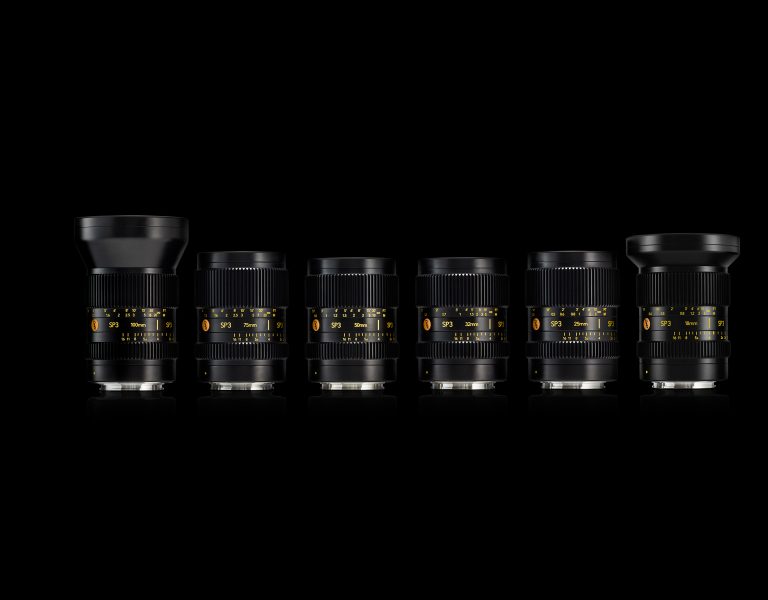So, what colour is that?
Oct 31, 2022
Delve into the science of colour and the deepening understanding of its effects on our unconscious when watching films.
The process of learning something involves a very complex set of biometric actions that can trigger all five senses, or sometimes only needs one or two. Those senses activate neural actions in our brains. These basic neural processes that help us make the simplest decisions in our lives, like “how does that door open? Let me try this…” may not be verbalised, but those busy little neurons are workin’ their butts off trying to invent a new way to open the door.
I’m in an incredible learning curve right now in my life which is very exciting. I’ve been learning more about some of the basic science principles of “seeing light and colour”.
I do remember, however, when I first learned that colour was subjective. When I was starting to work after college there was a period in Chicago that I produced and shot industrials. Usually 15 minutes of ‘How We Make Mufflers.’ My first wife (yes, I know…) was herself the entire art department. One afternoon we were screening the 16mm dailies with the clients. She walked in and said “Wow! That looks green.” The clients never saw anything except green for the rest of that job. Another example: Cataracts are a perfectly correctable physical problem. But it’s a problem you may not even know you are having, because it can come on slowly and tends to have a yellowish filtering effect. When the eyes are corrected, as soon as the patient sees once again, they are shocked to see how “Blue” everything is.
The way digital images are displayed now is with millions of LED luminaires created in a unit that modulates to show images with luminance and colour, creating the illusion of a moving image. But, within this function, problems can occur with the human psycho-physical process of colour sensation. The most notable problems are called metameric errors. The issue comes when the viewer sees a significant difference in the colour viewed by various subjects, measured in comparison to the one they see.
The CIE (International Commission on Illumination) was the organisation that first described visible human colour responses in the colour chart in 1931 that gives mathematical values, described as three variables, X, Y and Z plotted in two dimensions on the chart. They also described a metamerism as a “property of spectrally different colour stimuli that have the same tristimulus (RGB) values in a specified colourimetric system.” I think this is more science and politics than we need to know right now.
On lower resolution systems that display images for television in the colour system designated Rec. 709, or even in theatrical exhibition which uses a higher resolution called P-3 (which usually operates with a higher bit-depth yielding more colour resolution and creates a larger colour gamut) there is rarely any problem with different viewers seeing very similar colour rendition. But as we increase resolution and luminance outward from the centre to the edges of perception, for instance, what is done in an aspirational system that has not yet been widely demonstrated called Rec. 2020, problems called “Metameric Error” can occur, especially with very narrow frequency bandwidth. For example, in the famous internet dress image, two observers can look at the same dress and one may see a blue dress and the other green. The problem is when you want a larger colour gamut you need higher spectral distribution of the illumination and therefore narrower spikes of colour distribution of three primary colours. And since all displays are now made up with only these three colours, red, green, and blue, there are colours we see with our eyes that can’t be reproduced in digital displays… yet.
The science of colour is such a complex subject, unfolding through advanced studies of physics and physiology, psychology and more. It is connected with our conscious and unconscious selves. For instance, there is a release of some neural chemistry that bathes a certain part of our brain and makes us feel awe when we see that colour. Even after we’ve seen that colour in imaging, our brains have a mechanism that can trigger and activate mirror neurons, that are linked to our emotions and help us remember the exact feeling we had when we first saw the colour and motion.
The conscious perception of different colours and the unconscious emotional effect those colours have on us when seen on a screen have a lot to do with the new field of study called psychocinematics, scratching the surface of discovering what this means for our audiences.
Consider this; the CIE colour space was devised in 1931 by a bunch of older white gentlemen. It was based on the idea of creating all the colours we can see from only three colours. With our current display technologies, we can only see approximately 45% of colour that can be seen with our eyes alone. We have now devised a way to build displays with more than three colours. In fact, we can add enough additional colour illuminators in a system that allows us to see over 90% of the colours we humans can see with our own eyes.
I have always said: “I believe that every element of every frame informs the audience.” Now more than ever, with the study of psychocinematics and the deepening understanding of the effects of colour on our unconscious, we are learning just how true that is.

















